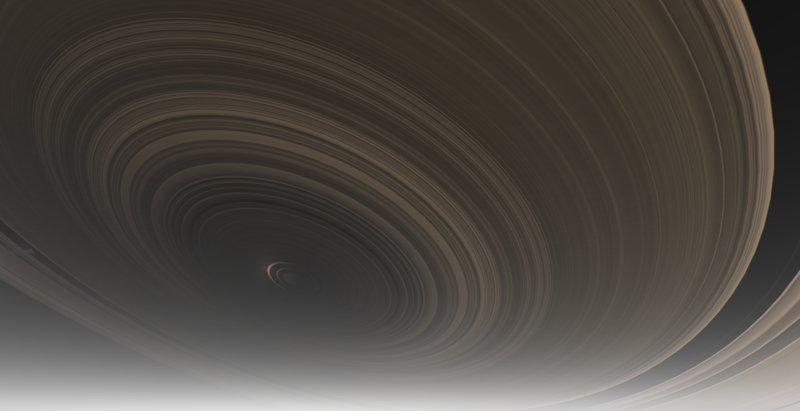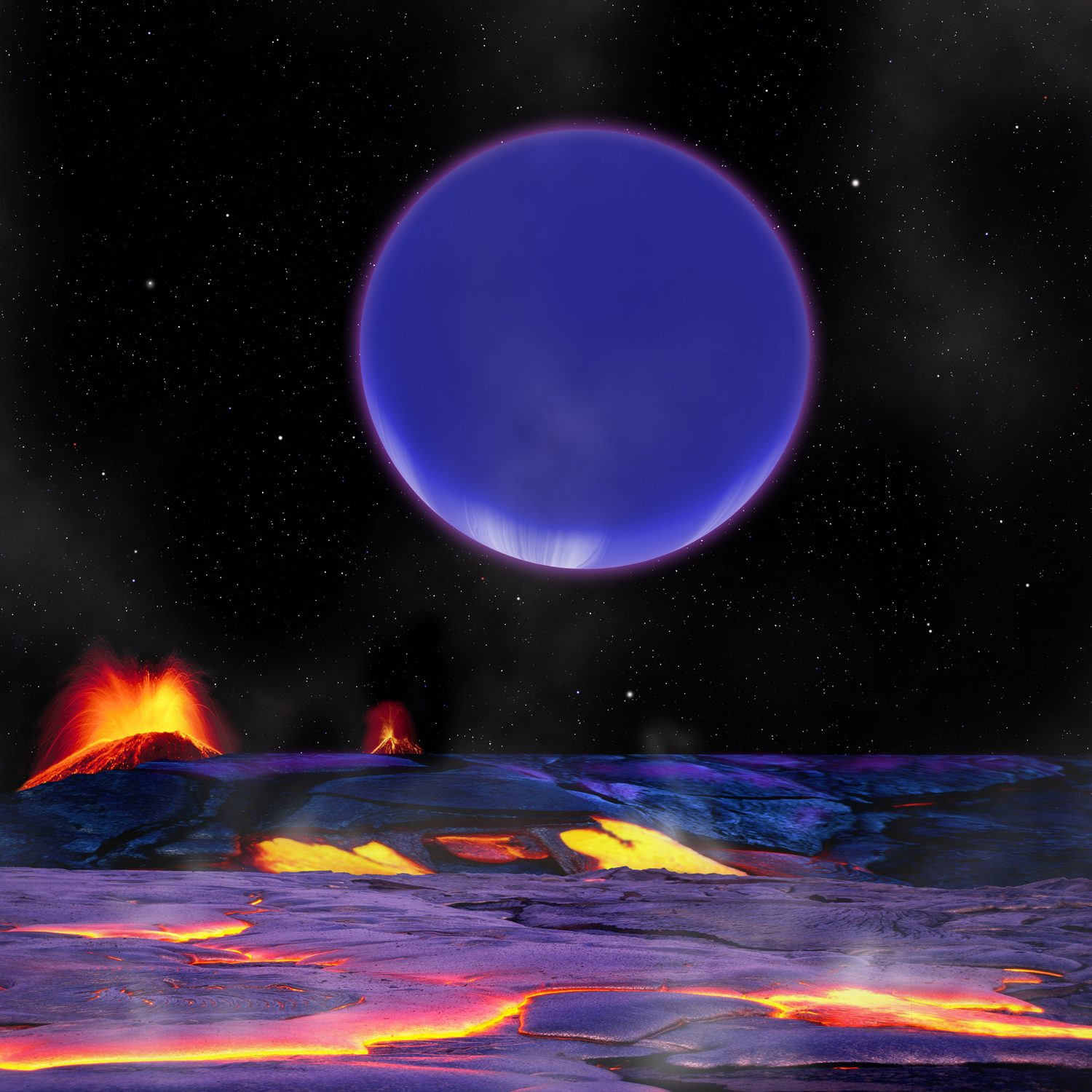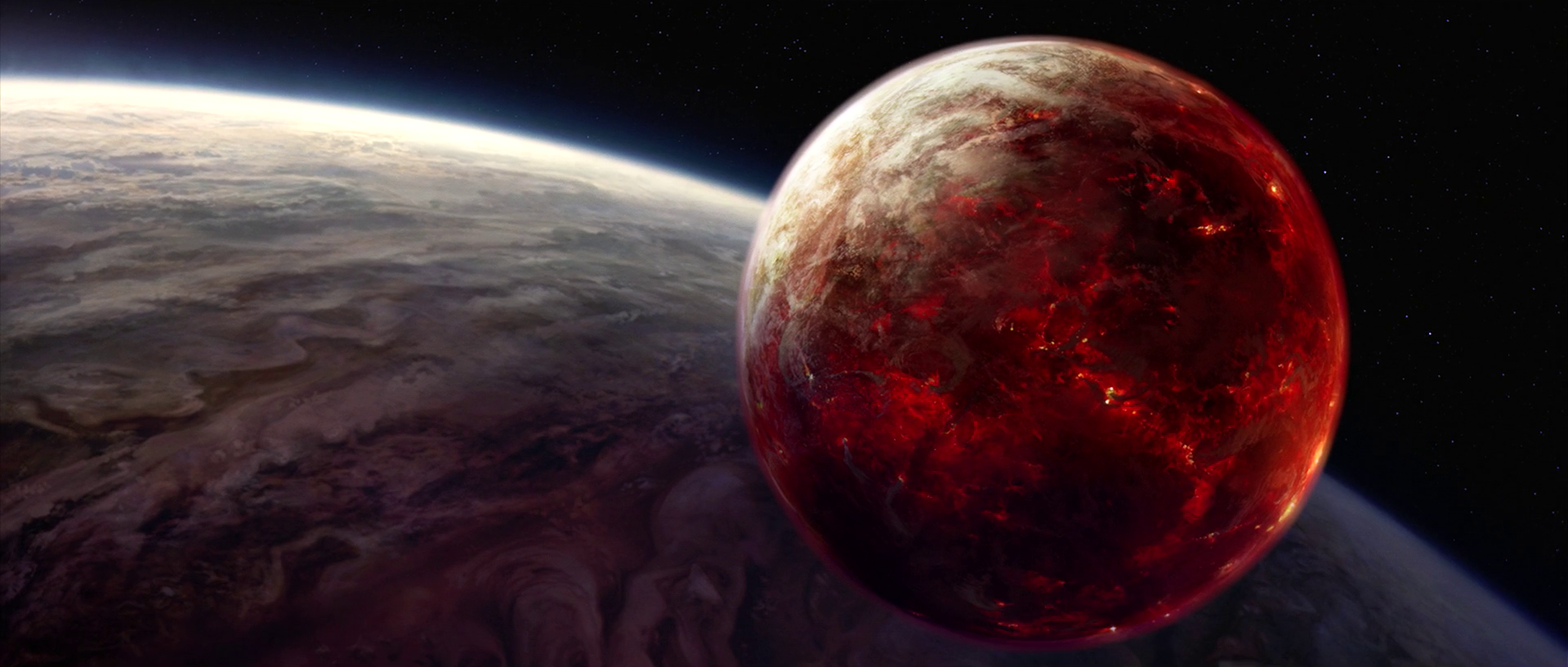 |
| "ssssssssss..." |
They're best known for hissing and exploding, wrecking your stuff and ruining your day. Obviously video game logic at work, but could there be another explanation?
 |
| That's not quite what I had in mind, but A+ for effort. |
In Minecraft, it's possible to kill a creeper without setting it off. And guess what they drop? Gunpowder.

Gunpowder, in its most basic composition, consists of three chemical components: nitrate (supplying oxygen), carbon (supplying fuel), and sulfur (lowering the ignition temperature while also supplying fuel). So while I don't know what the ins and outs of the production process might be (and to be honest I don't want to think about then too deeply), it's not impossible to imagine a scenario where a creature produces a buildup of organic gunpowder in its own body.
But why would evolution select such a creature with a disposition for self-destruction. Well, in Minecraft, it's possible to breed passive "mobs" like cows, pigs, and chickens, but good luck breeding hostile mobs. So we really know nothing about their "society." Maybe they're secretly a hive-based species? Bees die after using their stingers, but because they do so to protect their hives, it's a factor in favor of species survival, not against. And Telltale's Minecraft: Story Mode does see them attacking in groups. Plus, you could also consider the fact that Creative Mode lets you spawn creepers from eggs:
True, you can spawn any mob from eggs, but it's all we have to go on. Still, it all makes a kind of sense. A creature that is hatched from an egg in an underground hive, explores the environment while camouflaged to look like foliage, and explodes if its hive is threatened. That definitely sounds like a creature out of a pulp serial. If any Minecraft modders are reading this, I'd like to see a new mod where the player can stumble across an underground creeper hive, and if they're strong or clever enough, fight and slay the Queen Creeper. I'd play that game.
(Edit: Turns out Game Theory addressed the same topic in a lot more depth. His conclusions differ from mine, but I still think it's a great video, definitely worth a look.)
 |
| Presumably laid by a Yoshi. |
(Edit: Turns out Game Theory addressed the same topic in a lot more depth. His conclusions differ from mine, but I still think it's a great video, definitely worth a look.)





